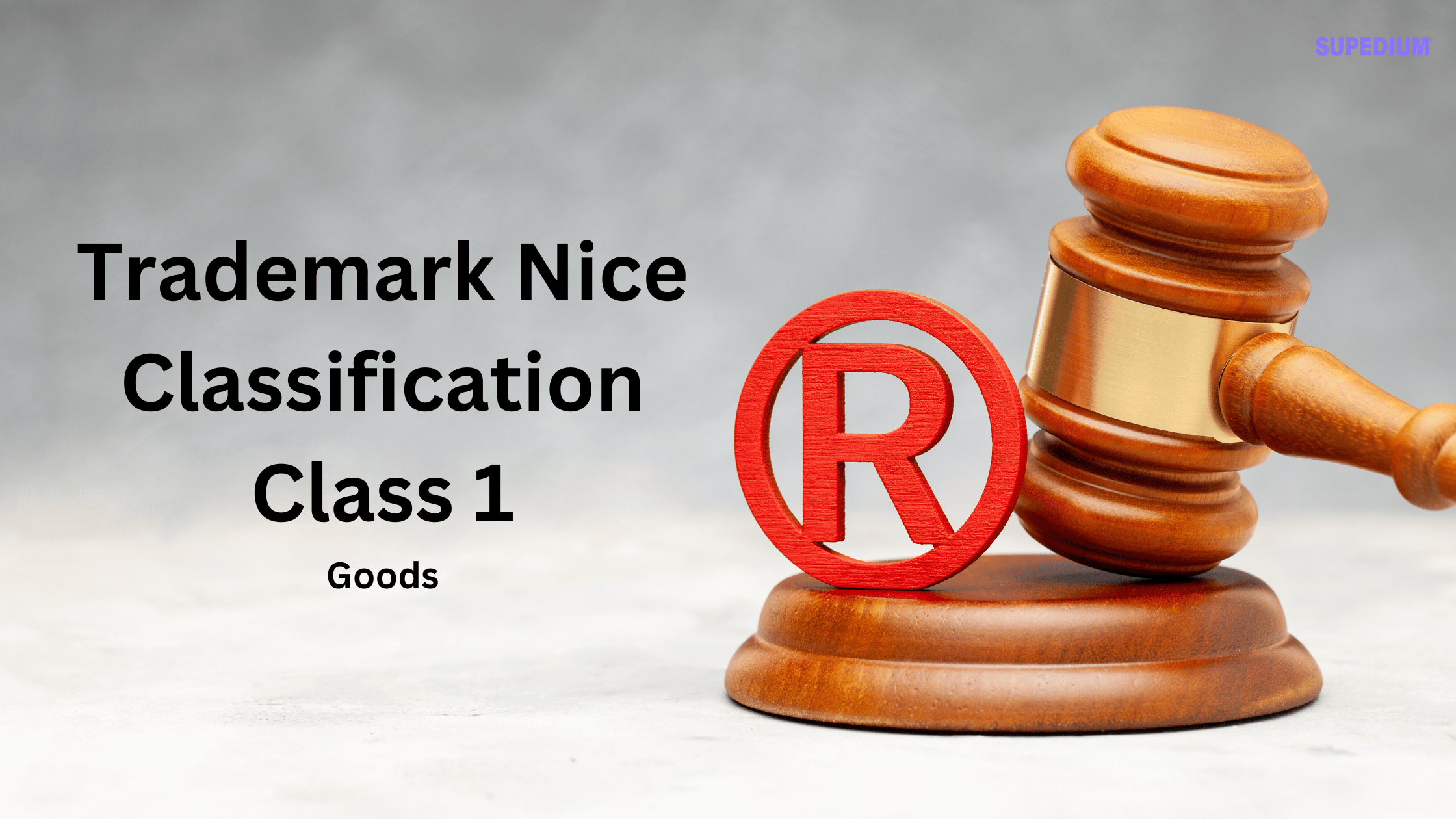Table of Contents
![]()
I. Introduction
Trademark classifications play a crucial role in the protection and regulation of intellectual property. The Nice Classification, established by the Nice Agreement (1957), categorizes goods and services for the registration of marks. Class 1 is particularly significant as it encompasses a wide range of chemical products used across various industries, science, and agriculture. This article explores the details of Class 1, its components, and its exclusions, providing a comprehensive overview of its importance in the trademark system.
II. Overview of Class 1
Class 1 primarily includes chemical products that are essential for industrial, scientific, and agricultural applications. These products are foundational in the manufacturing of goods in other classes, underscoring their significance in the broader economy. The classification not only facilitates the registration process for trademarks but also aids businesses in understanding which chemical products are covered under this category.
III. Detailed Breakdown of Class 1 Products
A. Chemicals for Industrial Use
Class 1 features a variety of chemicals that are integral to industrial processes. This includes:
- Fire Extinguishing Compositions: Essential for safety in various industries.
- Adhesives: Used extensively in manufacturing for bonding materials.
- Putties and Paste Fillers: Important in construction and repair works.
These products contribute to manufacturing efficiency and safety, making them vital for numerous sectors.
B. Chemicals for Scientific and Agricultural Use
In addition to industrial applications, Class 1 encompasses chemicals crucial for scientific research and agricultural practices:
- Biological Preparations: Used in laboratories and research settings.
- Fertilizers and Manures: Essential for enhancing agricultural productivity and sustainability.
These chemicals support innovation in science and promote food security in agriculture.
C. Unprocessed Materials
Class 1 also includes unprocessed materials that are foundational for product development:
- Artificial Resins and Plastics: These materials serve as the building blocks for countless products in various industries.
- Compost: Utilized in agriculture to improve soil health.
Understanding the role of these unprocessed materials is key to appreciating the entire production cycle in different sectors.
IV. Specific Examples of Class 1 Products
Class 1 features a diverse array of specific products, each serving unique purposes:
A. Sensitized Paper
This specialized paper is used in photography and graphic arts, where chemical properties are crucial for image development.
B. Tyre Repairing Compositions
These formulations are essential for maintaining vehicle safety and performance, illustrating the practical applications of Class 1 products in everyday life.
C. Additives for the Food Industry
Class 1 includes several additives, such as:
- Pectin: Used as a thickener in food products.
- Lecithin: Commonly used as an emulsifier.
These additives enhance food quality and safety, showcasing the intersection of chemistry and consumer products.
D. Ingredients for Cosmetics and Pharmaceuticals
Class 1 encompasses various chemical ingredients important for personal care products:
- Vitamins and Preservatives: These are vital for product stability and effectiveness.
- Antioxidants: Used to prolong shelf life and maintain quality.
These components illustrate the relevance of Class 1 in health and beauty industries.
E. Filtering Materials
Filtering materials in Class 1 include:
- Mineral and Vegetable Substances: Used in filtration processes across different industries.
- Ceramic Materials: Important for both industrial and consumer applications.
These materials play a significant role in ensuring product purity and safety.
V. Exclusions from Class 1
While Class 1 covers a wide array of products, it is important to note what is specifically excluded:
A. Overview of Exclusions
Class 1 does not include:
- Raw Natural Resins (Class 2): These are typically processed differently and classified separately.
- Chemical Preparations for Medical or Veterinary Purposes (Class 5): These are vital for healthcare and require a distinct classification due to their specialized use.
- Household Adhesives (Class 16): These products cater to everyday consumer needs and are thus classified differently.
- Salt for Preserving Foodstuffs (Class 30): This category is designated for culinary uses rather than industrial.
- Organic Materials like Straw Mulch (Class 31): Typically used in agriculture but classified under different provisions.
B. Importance of Exclusions
Understanding these exclusions is essential for businesses and legal professionals engaged in trademark registration. It helps clarify the boundaries of Class 1 and ensures that companies file for trademarks under the correct classifications.
VI. Conclusion
Class 1 of the Nice Classification system is fundamental in protecting a broad range of chemical products vital to industry, science, and agriculture. Its careful delineation of included products, along with specific exclusions, provides clarity and helps businesses navigate the trademark landscape effectively. As industries evolve and new products emerge, the importance of accurately classifying chemicals remains paramount in supporting innovation and safeguarding intellectual property.
Share This





Be the first to comment